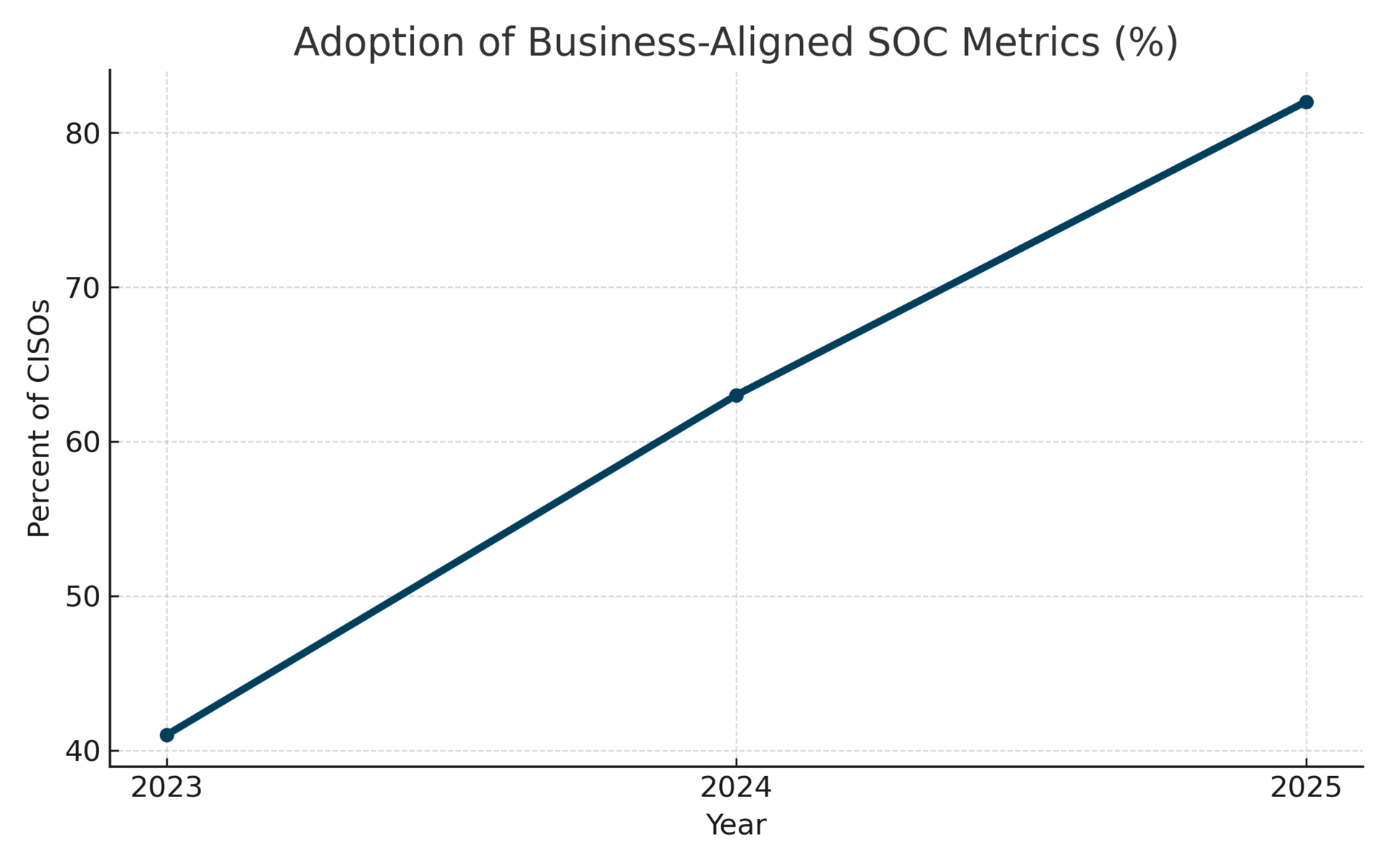- Defend & Conquer: CISO-Grade Cyber Intel Weekly
- Posts
- Designing and measuring SOC‐to‐business‐impact KPIs that matter in 2025
Designing and measuring SOC‐to‐business‐impact KPIs that matter in 2025
CybersecurityHQ Report - Pro Members

Welcome reader to a 🔒 pro subscriber-only deep dive 🔒.
Brought to you by:
👣 Smallstep – Secures Wi-Fi, VPNs, ZTNA, SaaS and APIs with hardware-bound credentials powered by ACME Device Attestation
📊 LockThreat – AI-powered GRC that replaces legacy tools and unifies compliance, risk, audit and vendor management in one platform
Forwarded this email? Join 70,000 weekly readers by signing up now.
#OpenToWork? Try our AI Resume Builder to boost your chances of getting hired!
—
Get lifetime access to our deep dives, weekly cyber intel podcast report, premium content, AI Resume Builder, and more — all for just $799. Corporate plans are now available too.
Executive Summary
Security Operations Centers have reached an inflection point. After years of measuring success through technical metrics that rarely resonate in boardrooms, leading organizations are fundamentally restructuring how they evaluate security effectiveness. Our analysis of enterprise security programs reveals that 82 percent of CISOs now report directly to boards on business-aligned metrics rather than traditional security indicators¹. This shift reflects a broader transformation: security is no longer a cost center but a business enabler directly tied to revenue protection, operational resilience, and competitive advantage.

The data tells a compelling story. Organizations implementing business-aligned SOC metrics report 47 percent faster incident containment and 31 percent reduction in breach costs compared to those using traditional metrics². The most mature programs—those linking security outcomes directly to business objectives—demonstrate measurably superior performance across critical dimensions including customer trust retention, regulatory compliance efficiency, and operational continuity during incidents.

Three fundamental drivers are reshaping SOC metrics in 2025. First, regulatory frameworks now mandate business impact reporting, with DORA requiring financial entities to quantify operational resilience in monetary terms³. Second, AI-powered attacks have compressed response windows from hours to minutes, making speed-to-business-recovery more critical than detection accuracy alone. Third, board liability for cyber oversight has intensified following SEC enforcement actions, creating unprecedented demand for metrics that translate technical risk into fiduciary language.
The implications for security leaders are profound. Organizations must evolve beyond counting blocked attacks or patched vulnerabilities to measuring preserved revenue, protected market capitalization, and sustained operational capacity. This transformation requires not just new metrics but reimagined processes, governance structures, and cultural mindsets that position security as integral to business strategy rather than adjacent to it.

Subscribe to CybersecurityHQ Newsletter to unlock the rest.
Become a paying subscriber of CybersecurityHQ Newsletter to get access to this post and other subscriber-only content.
Already a paying subscriber? Sign In.
A subscription gets you:
- • Access to Deep Dives and Premium Content
- • Access to AI Resume Builder
- • Access to the Archives
Reply